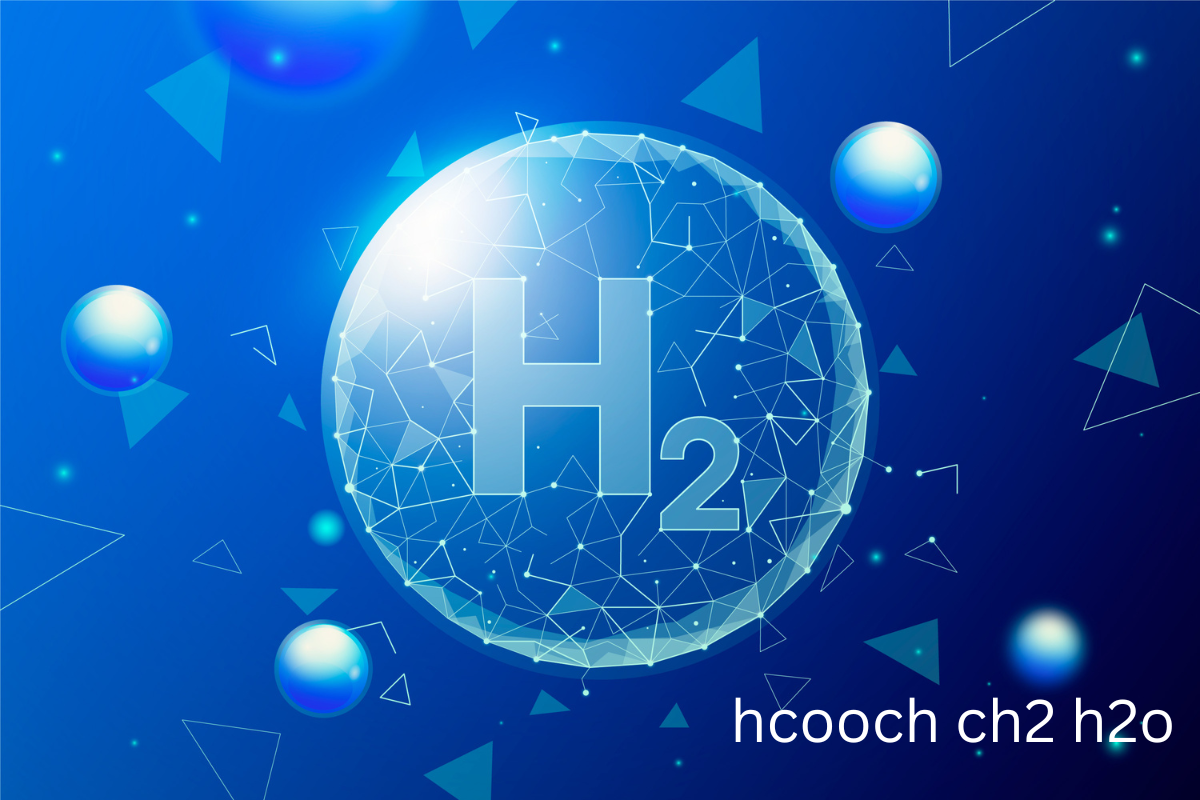Education
Understanding the Chemical Reaction: HCOOCH + CH₂ → H₂O and Its Implications

In the field of organic chemistry and atmospheric science, the reaction involving HCOOCH (methyl formate), CH₂ (methylene), and H₂O (water) plays a notable role in understanding chemical kinetics, combustion, and atmospheric reactions. This article explores the chemistry behind this reaction, its potential mechanisms, applications, and relevance in both industrial and environmental contexts.
What is HCOOCH?
HCOOCH, also known as methyl formate, is an organic compound with the chemical formula HCOOCH₃. It is an ester formed from formic acid (HCOOH) and methanol (CH₃OH). Methyl formate is a colorless liquid with a pleasant odor and is often used as a solvent in manufacturing and as a building block in organic synthesis.
Properties of Methyl Formate:
- Molecular formula: C₂H₄O₂
- Molar mass: 60.05 g/mol
- Boiling point: 31.5 °C
- Uses: Solvent, refrigerant, intermediate in chemical synthesis
What is CH₂?
CH₂, known as methylene, is a highly reactive intermediate species in chemistry. It exists in two forms:
- Singlet CH₂ (paired electrons)
- Triplet CH₂ (unpaired electrons)
CH₂ is not typically found in stable conditions; instead, it acts as a reactive intermediate in various combustion and atmospheric reactions.
The Role of H₂O (Water) in the Reaction
H₂O or water is often a product or medium in chemical reactions. In this context, water might be formed as a byproduct of a chemical transformation involving the decomposition or rearrangement of HCOOCH and CH₂.
The Reaction: HCOOCH + CH₂ → H₂O
The reaction represented by:
HCOOCH + CH₂ → H₂O
is a simplified depiction of a more complex organic reaction. To understand this fully, we need to explore what might be happening at the molecular level.
Possible Reaction Mechanism
One possible scenario is that methylene (CH₂) acts as an electrophilic or nucleophilic species, attacking the carbonyl carbon of methyl formate (HCOOCH₃). This attack could result in a rearrangement, decomposition, or condensation reaction that ultimately releases H₂O as a byproduct.
Another possibility is a radical chain reaction, where the methylene radical initiates the breaking of bonds within HCOOCH₃, resulting in new product formation, including water vapor and possibly CO, CO₂, or formaldehyde (HCHO).
Applications of This Reaction
1. Combustion Chemistry
In combustion engines or high-temperature environments, reactions involving methyl formate and reactive intermediates like CH₂ are common. These reactions contribute to:
- Fuel oxidation
- Flame propagation
- Emission formation (e.g., NOx, CO)
2. Atmospheric Chemistry
Methyl formate has been detected in both the Earth’s atmosphere and in interstellar space. Reactions involving CH₂ radicals and HCOOCH are thought to play a role in:
- The photodegradation of organic compounds
- Formation of secondary organic aerosols (SOAs)
- Understanding prebiotic chemistry in space
3. Industrial Synthesis
Understanding how reactive species like CH₂ interact with simple esters like methyl formate helps chemists develop:
- New synthetic pathways
- Catalytic processes for green chemistry
- Efficient production of alcohols, acids, or ethers
Safety and Environmental Considerations
Methyl Formate Hazards:
- Flammable at room temperature
- Inhalation can cause irritation
- Toxic in large amounts
In environmental settings, methyl formate degrades relatively quickly, but the radicals formed during its breakdown can contribute to ozone formation and other photochemical smog components.
SEO Keywords Related to HCOOCH + CH₂ → H₂O
To help this article rank well on search engines, here are some relevant keywords:
- HCOOCH CH2 H2O reaction
- Methyl formate and methylene
- Organic chemistry ester reactions
- Combustion chemistry HCOOCH
- Atmospheric reactions with CH2 radicals
- CH2 intermediate in organic reactions
- Methyl formate decomposition
- Radical chain reactions in esters
Incorporating these keywords throughout your content (while maintaining natural readability) improves SEO performance and ensures that the article reaches the right audience.
Final Thoughts
The interaction between HCOOCH (methyl formate) and CH₂ (methylene) with H₂O as a resulting product is a fascinating subject in both theoretical and applied chemistry. While the reaction equation is simplified, it represents a complex set of transformations relevant to combustion, environmental science, and industrial synthesis.
By exploring the chemical dynamics and real-world applications of this reaction, we gain valuable insights into how simple molecules interact under different conditions—and how these reactions shape both our technology and environment.


